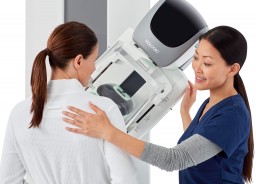The Apgar Score–What It Is and Is Not
The Apgar score was developed in 1952 by New York anesthesiologist Dr. Virginia Apgar. Dr. Apgar was the first woman full professor at Columbia University. She wanted to establish a standardized method for “grading” how well a newborn transitions to life outside the uterus. She chose five signs of newborn well-being that could be easily judged without interfering with its immediate care. Her tool was simple for the hospital staff to learn and did not leave too much room for individual interpretation…

